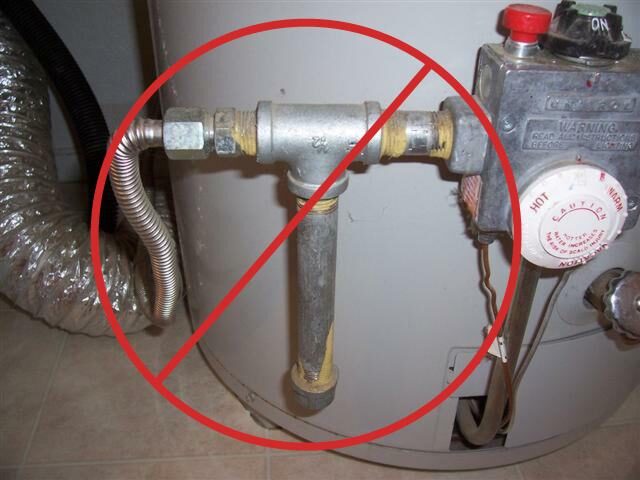Drip Leg (Sediment Trap) for Fuel Piping

What are they? What is the difference between a proper and improper drip leg?
A drip leg, or also commonly called a sediment trap, is used on fuel piping to prevent sediment, debris, and moisture from entering a gas appliance or fuel regulator. Drip legs are required to be installed in a manner that meets or exceeds fuel piping codes and manufacture requirements for appliances and devices.
The drip leg serves as an area within the fuel piping system to protect your appliances and regulators from damage. It is a very simple and necessary component of fuel piping installation. The drip leg requirements are the same for both natural gas and propane.
There is a right and wrong way to install a drip leg. In the article, the cover photo shows an incorrect installation. We often find drip legs installed incorrectly or missing altogether. The drip leg should always be installed vertically, so that as the fuel passes through the tee above the drip leg and there is a change of direction for the fuel to flow through. When the drip leg is installed horizontally there is the chance that sediment and debris can be pushed across the tee by the fuel pressure behind it and never make it into the drip leg itself. By pushing the fuel vertically downward into the tee the heavier sediment will flow into the drip leg and will not change direction with the fuel to exit the tee horizontally.
NCWaterHeaters.com serves residential and commercial customers in the Raleigh, NC area to handle all of your plumbing and fuel piping needs. From a simple service call to major project, we have you covered! Reach us today at (919) 868-3585 or through the contact form on our website.

